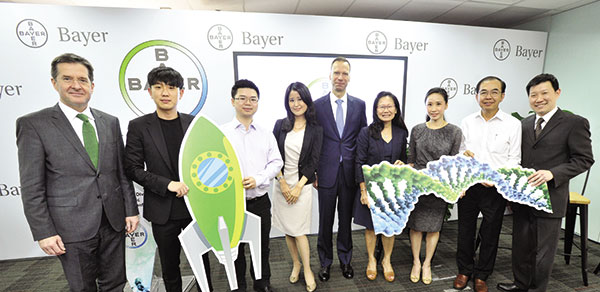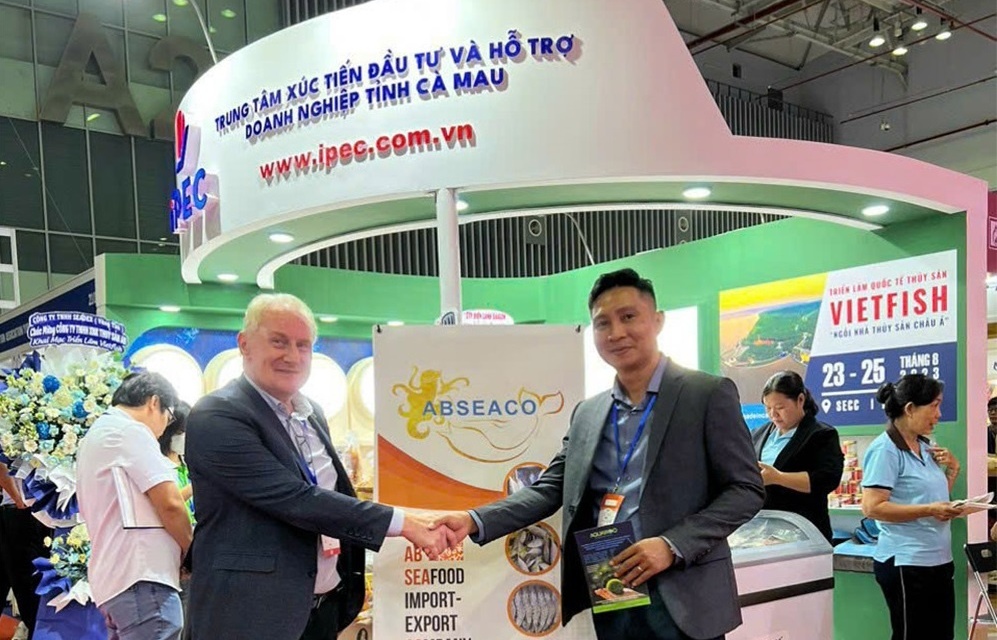Bayer innovates to address unmet medical needs
 |
| Bayer continues to expand its collaboration with esteemed scientists, academia, medical institutions and startups |
Innovative products such as the oral anticoagulant and eye medicine continued to contribute significant growth, driven by their expanded use and reach across more markets. Over the last six years the company’s pharmaceuticals sales in Asia-Pacific nearly doubled from approximately €2.6 billion ($2.79 billion) in 2010 to €4.8 billion ($5.16 billion) in 2016.
“Innovation is the foundation of Bayer’s success. Our portfolio of innovative medicines, which addresses the unmet medical needs of patients in the Asia-Pacific region, drives our strong business growth today. Their high acceptance by patients and physicians in the region is encouraging and motivates us to continue innovating to help patients live a better life,” said Claus Zieler, senior vice president and head of commercial operations at Bayer’s Pharmaceuticals Division Asia-Pacific.
In 2016, Bayer’s pharmaceuticals business continued to be one of the fastest growing among multinational companies and among the top 10 in value sales in Asia-Pacific, according to global health intelligence agency IMS 2016 data.
In 2017, Bayer expects sales of more than €17 billion ($18.3 billion) for its Pharmaceuticals Division, globally corresponding to a mid-single-digit percentage increase on a currency- and portfolio-adjusted basis. Asia-Pacific continues to provide a viable growth opportunity, as IMS predicts an average market growth rate of 5 per cent across the region from 2017 to 2020.
On the other hand, the company is increasing investment in research and development (R&D) and enhancing its innovation capability. Last year, Bayer increased its investment in R&D by 9.8 per cent to nearly €4.7 billion ($5 billion). In 2017, the company plans to further increase its overall R&D expenditure to about €4.8 billion ($5.16 billion).
Asia-Pacific has distinct needs for its ageing population. It is estimated that the region, which accounts for more than half the world’s population, will see a doubling of the percentage of individuals aged 60 years and above from 12 to 24 per cent by 2050, making treatment for cancer, cardiovascular diseases, and diabetes a core issue.
“There is a high demand for new treatment options and solutions in these areas of high medical need. We are investing substantially in increasing our innovation capability to develop new and better medicines to help our population age with a high quality of life and keep health systems sustainable,” said Dr. Chuan Kit Foo, head of medical affairs at Bayer’s Pharmaceuticals Division Asia-Pacific.
Bayer’s pharmaceuticals pipeline is well-stocked with more than 50 development projects in Phase I to III of clinical development to serve these medical needs. Among these projects, six of them – in the mid- to late-stage pipeline – will have potential to treat various types of cancers, diabetic kidney disease, worsening chronic heart failure, and uterine fibroids, which are prevalent in the Asia-Pacific population. The combined peak annual sales potential of these projects is estimated to be at least €6 billion ($6.45 billion) globally. To ensure that the Asia-Pacific population is well-represented in its clinical development activities, the company has a robust clinical development programme, which systematically recruits patients from the Asia-Pacific region as part of global clinical trials. The number of ongoing clinical trials conducted has more than doubled from 21 in 2007 to 50 in the region in 2016; 18 of them are in Singapore alone.
In 2016, Bayer continued to expand its collaboration with esteemed scientists, academia, medical institutions and startups in Singapore and across the region. Last December, Bayer broadened its partnership with the National University of Singapore from classical clinical research to open innovation platforms with the launch of Grants4Apps Singapore.
“Partnership is core to our innovation strategy at Bayer. We believe in driving innovation across the value chain by embracing different forms of collaboration, from classical research alliances to new models of open innovation which foster engagement and entrepreneurship of the wider community,” said Dr. Foo.
What the stars mean:
★ Poor ★ ★ Promising ★★★ Good ★★★★ Very good ★★★★★ Exceptional
Latest News
More News
- Growth beckons for GenAI startups in Vietnam (November 21, 2024 | 17:47)
- SABECO to elevate Vietnam's beverage industry to global standards (November 21, 2024 | 17:36)
- ABeam Consulting Vietnam introduces BSQCD Purchasing Strategy Framework (November 21, 2024 | 16:40)
- Major railway requires debt considerations (November 21, 2024 | 12:07)
- Reviving a new life cycle for plastic waste (November 21, 2024 | 09:16)
- Key balances maintained for industrial production (November 21, 2024 | 08:00)
- Ecolean Vietnam honoured with prestigious sustainability award (November 19, 2024 | 10:01)
- HEINEKEN Vietnam’s clear path towards net-zero (November 18, 2024 | 15:13)
- VLCA 2024 honours corporate governance excellence as listed companies raise the bar (November 18, 2024 | 09:00)
- High-tech personnel to drive competition (November 17, 2024 | 09:21)


















 Mobile Version
Mobile Version